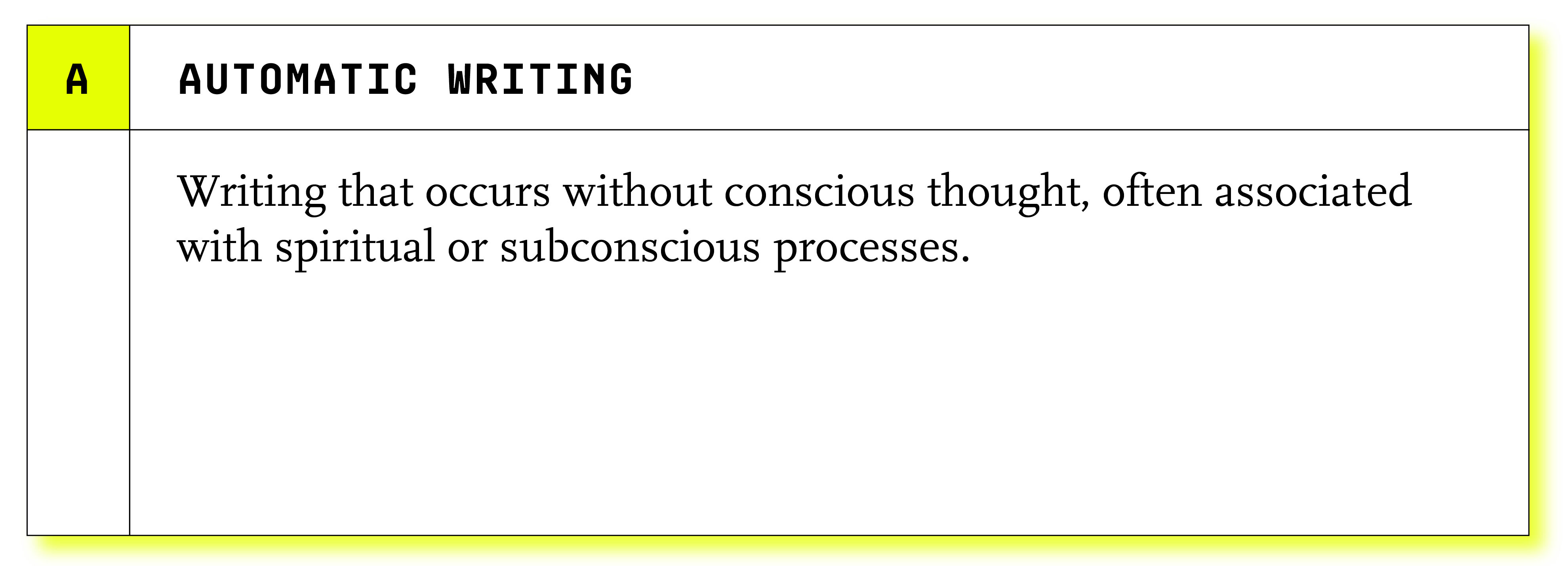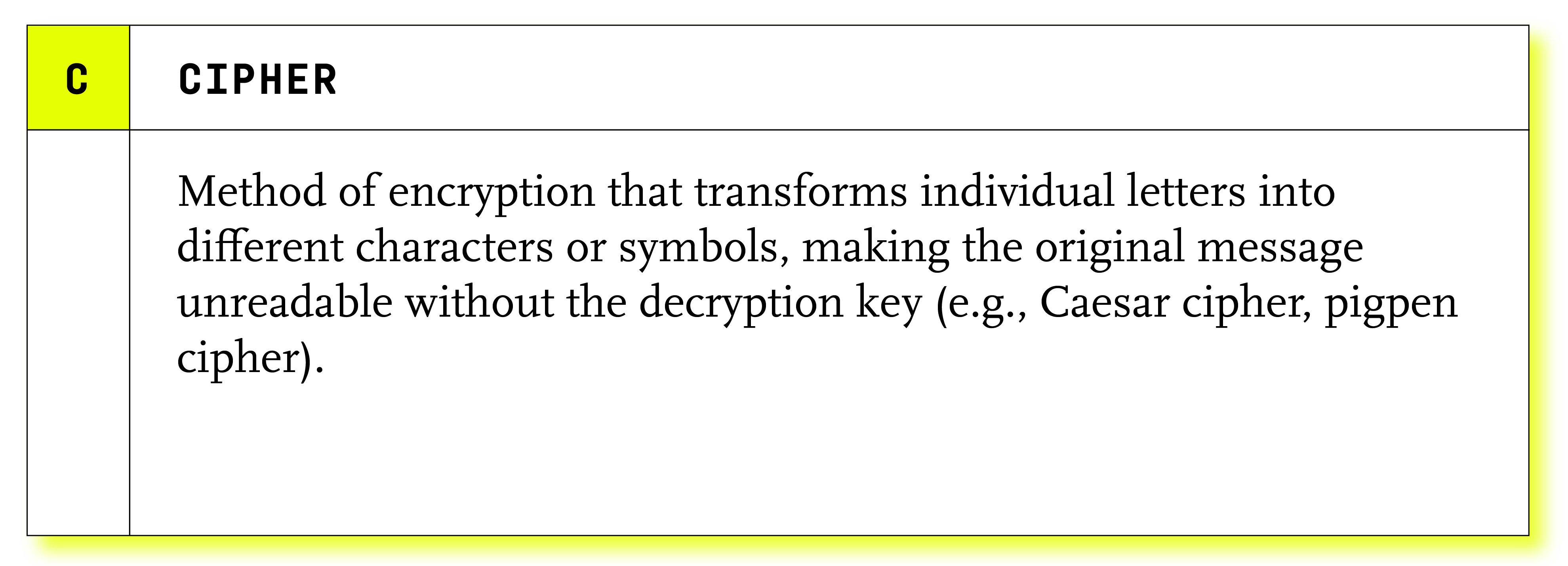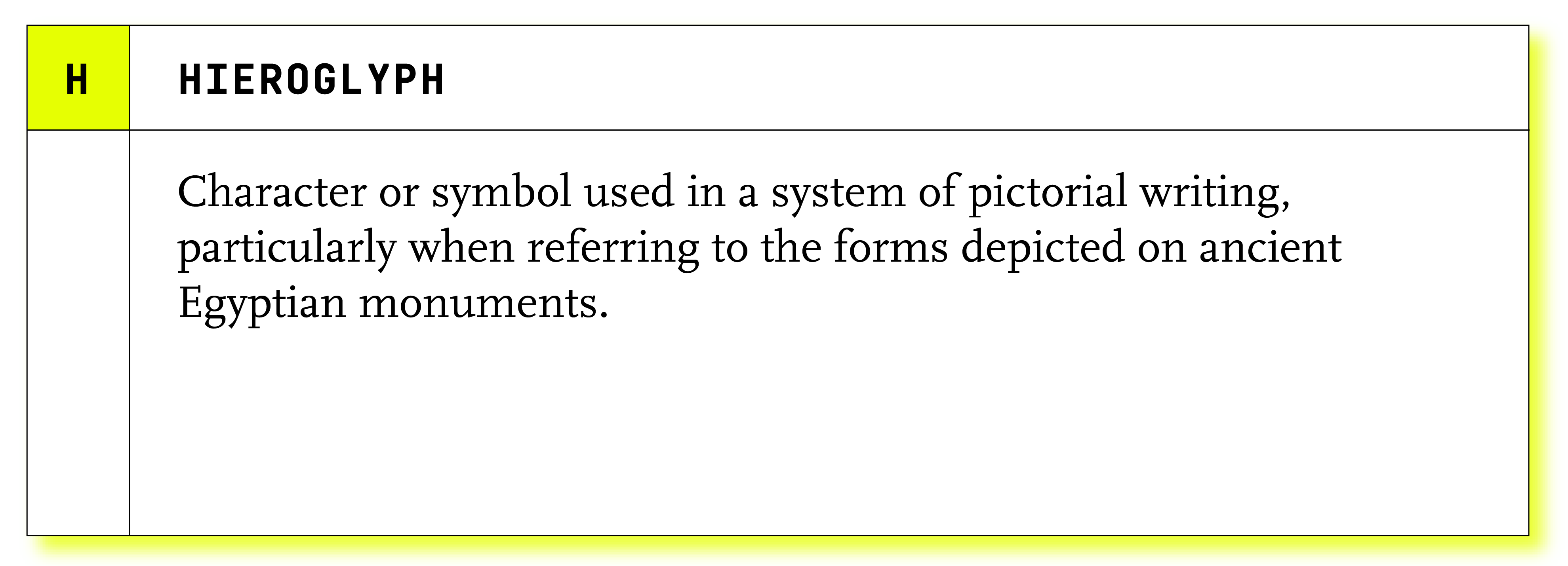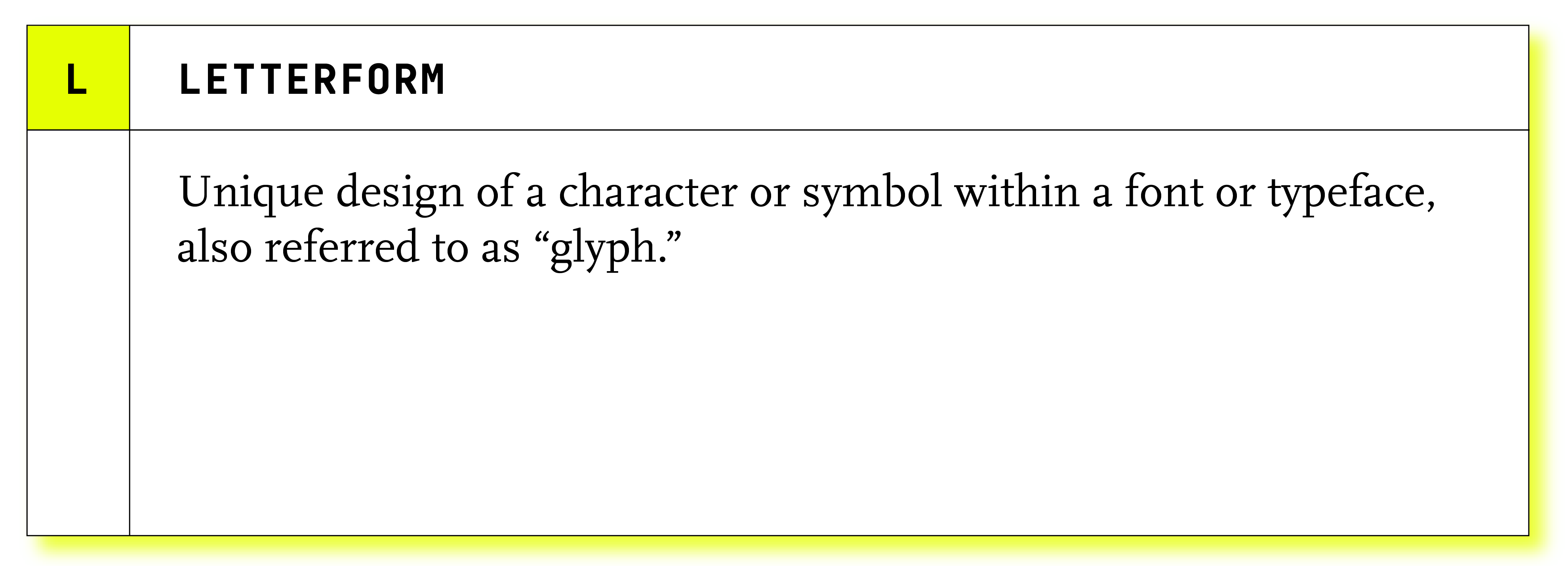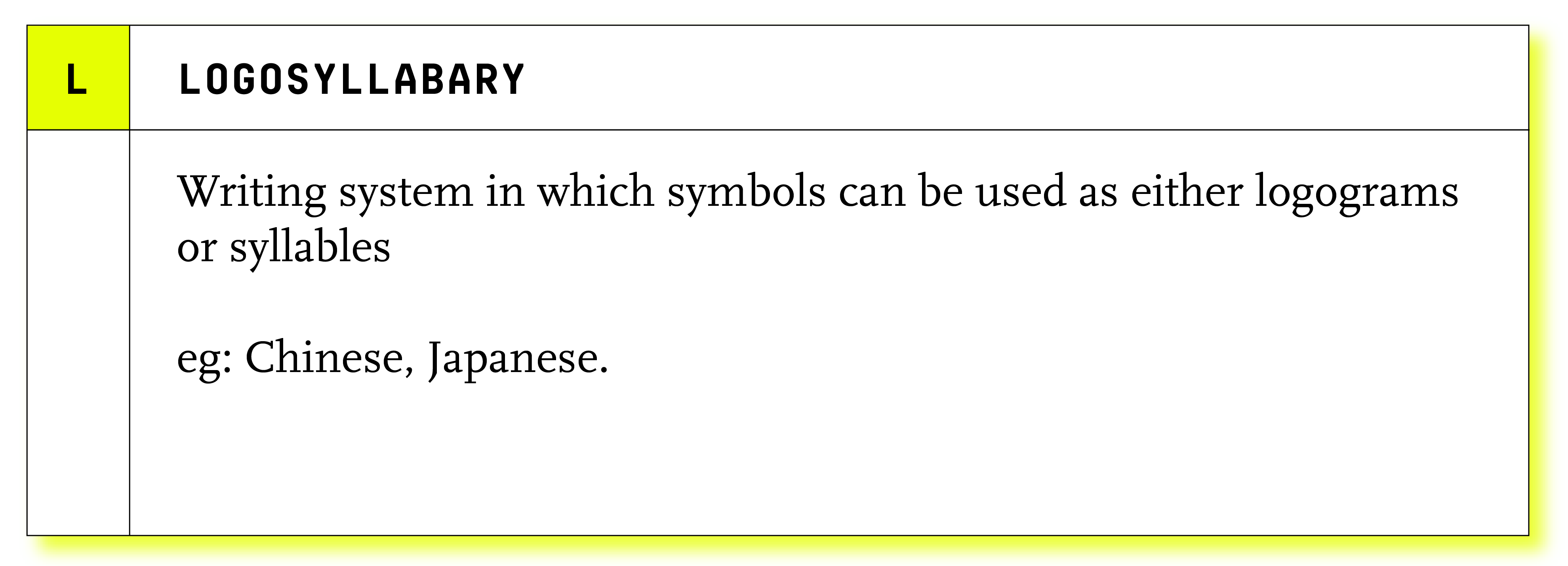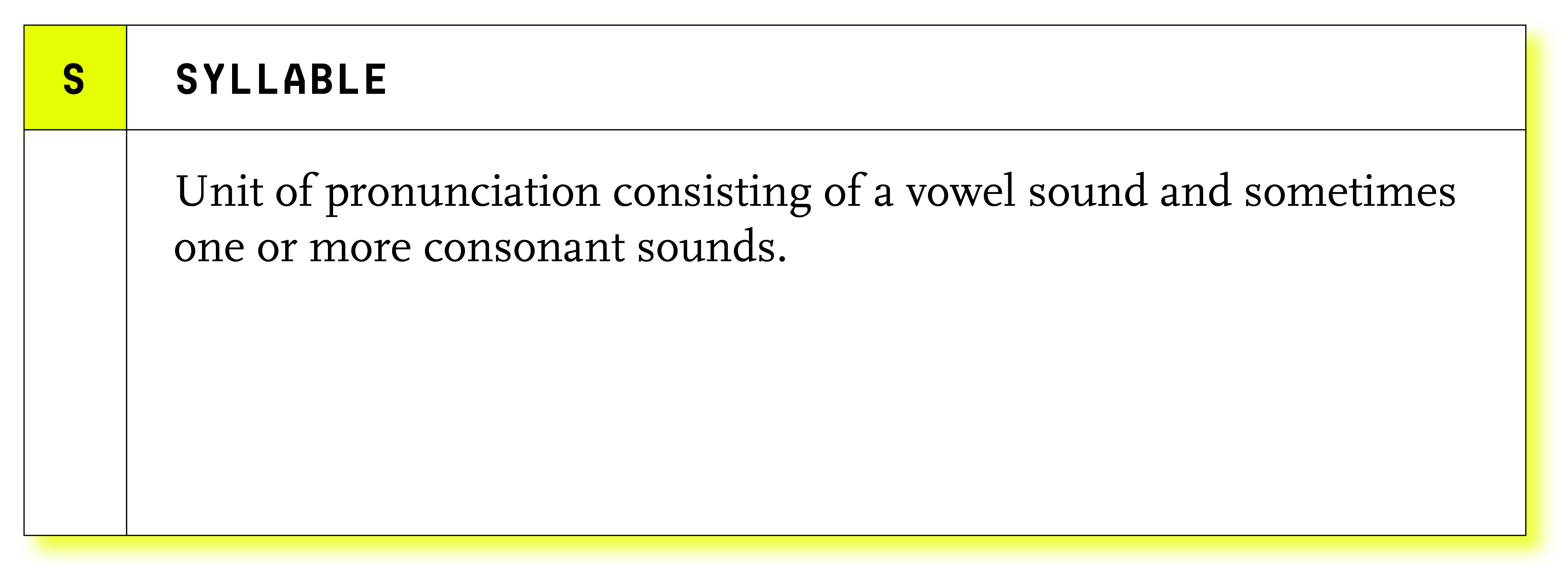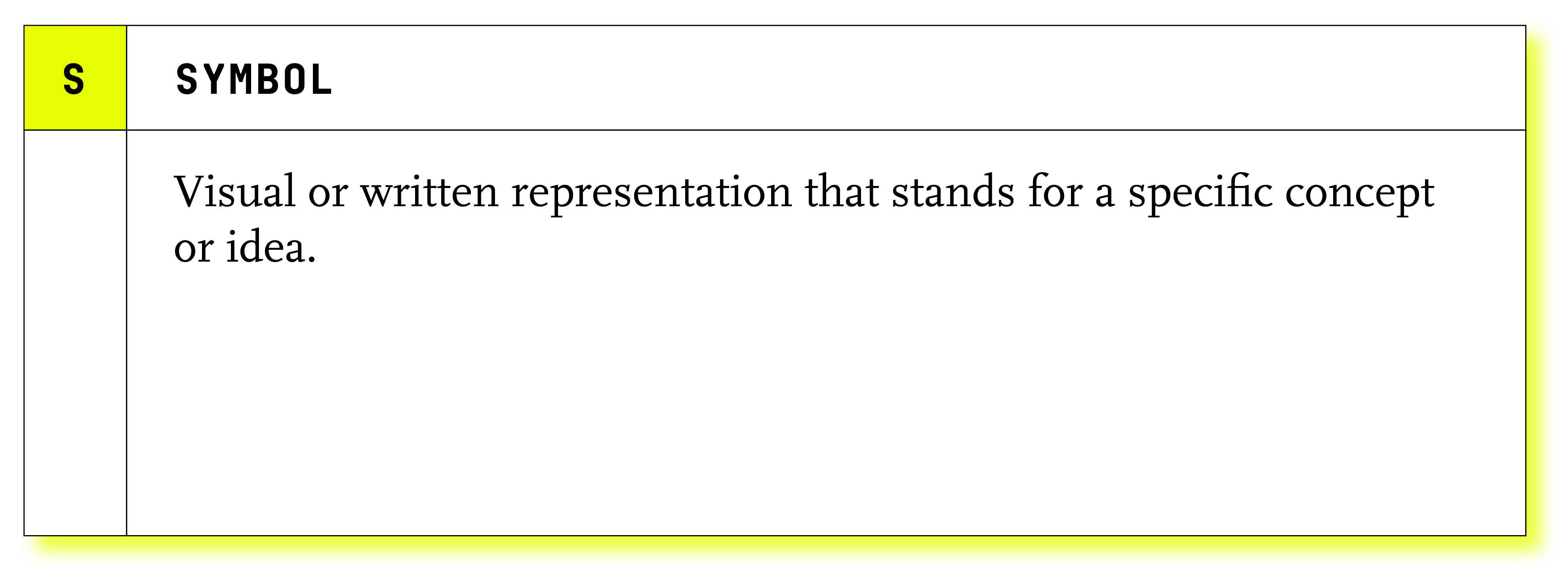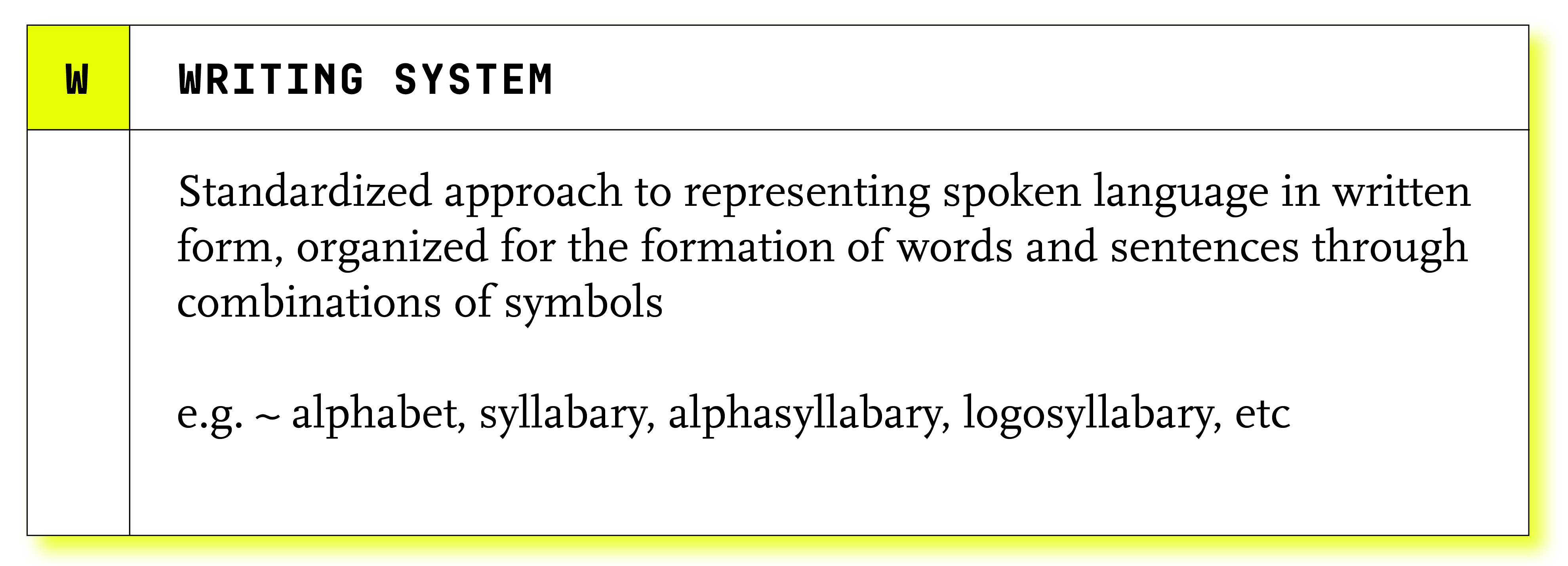ONLINE LECTURE SERIES
Centered around the exhibition this online lecture series features a diverse lineup of designers, artists, and linguists. These experts operate in the world of invented and fictional writing systems, where typography meets language preservation, Hollywood’s sci-fi worlds, and linguistic innovations beyond anthropocentric perspectives.
|
|
Session 3
Language Representation & PreservationIbrahima Barry / Abdoulaye Barry & Zeke Oyinloye
This session will showcase how creating new scripts is crucial for cultural preservation, enabling the documentation and revitalization of at-risk languages. Brothers Ibrahima and Abdoulaye Barry will discuss the creation of ADLaM, a script designed for the Fulani language widely used across a vast region of West and Central Africa. Zeke Oyinloye will share his process of creating Kiko, a writing system that better represents the Yoruba language spoken primarily in Nigeria and parts of Benin and Togo. The discussion will also stress the importance of linguistic diversity, illustrating how typography can contribute to maintaining the broad spectrum of global languages.
Session 4
Writing with the Natural WorldMarianne Hoffmeister/Patricio Gonzalez & Yuchen Chang
Exploring the intersection between the natural world and linguistic innovation, this session examines how environmental inspirations lead to unique writing systems and typographies. Visual artist Marianne Hoffmeister and type designer Patricio Gonzalez will present Castor, a typeface created by tracing beaver teeth marks. Yuchen Chang will discuss the Coral Language project, which interprets corals' complex forms and colors into a distinctive language, showcasing how natural patterns can inspire linguistic and design elements. The session will reflect on the capacity of language and design to extend beyond anthropocentric perspectives, incorporating expansive and inclusive viewpoints.
ARE.NA CHANNEL
Writing_systems_as_creative_expression
This channel explores writing systems as a creative and expressive medium. Recognizing that writing is a neurological and psychological process, it is interested in references that transcend the boundaries of established writing systems. We look for content that engages with:
1/ linguistic experiments of an imaginary or invented nature,
2/ innovative use of writing scripts as a form of code
3/ asemic writing (writing without specific semantic content),
4/ the reinvention or reinterpretation of historical writing systems,
5/ writing as associated with myths, mythmaking, and folklore.
Visit channel

READING MATERIAL
Many books and texts formed the concept of Quasi, as inspiration and as research, most of these were displayed in the exhibtion and led to what was the Quasi library space./ Babel-17
/ Codex Seraphinianus
/ The Language of Bugs
/ Writing by Drawing, When Language Seeks Its Other
/ The Voynich Manuscript
/ The Schmetterschwanz Manuscript
/ Patience Worth
/ The Salem Witchcraft, The Planchette Mystery, and Modern Spiritualism with Dr. Doddridge’s Dream
/ Asemic Writing, Poetic Structures
/ Book from the Ground: from point to point by Xu Bing
/ Imposible Languages Andrea Moro
/ In The Land of Invented Languages
/ Ta’ puq mack (The Little Prince,
A Klingon translation)
/ Angelic Symbols
/ The Maze Game
/ Inventing the Alphabet
/ Codex Abyssus
/ Extraterrestial Languages
/ From India to the planet Mars
/ Animal Languages
/ The greatest invention
/ From Elvish to Klingon
/ The Parasite
/ The Art of Language Invention
/ Singer in the Shadows
/ The Alphabetic Labyrinth
/ Story of your life








